What’s this new car all about then?
This is the first major revamp of Tesla’s hero vehicle, the Model Y medium-SUV. The previous version was the world’s biggest-selling car in both 2023-24; even in New Zealand where EVs are not currently the flavour of the month (or indeed the year), it maintains a decent presence as the second biggest-selling plug-in year-to-date (behind the very-much-on-special-pricing Polestar 2, since you asked).
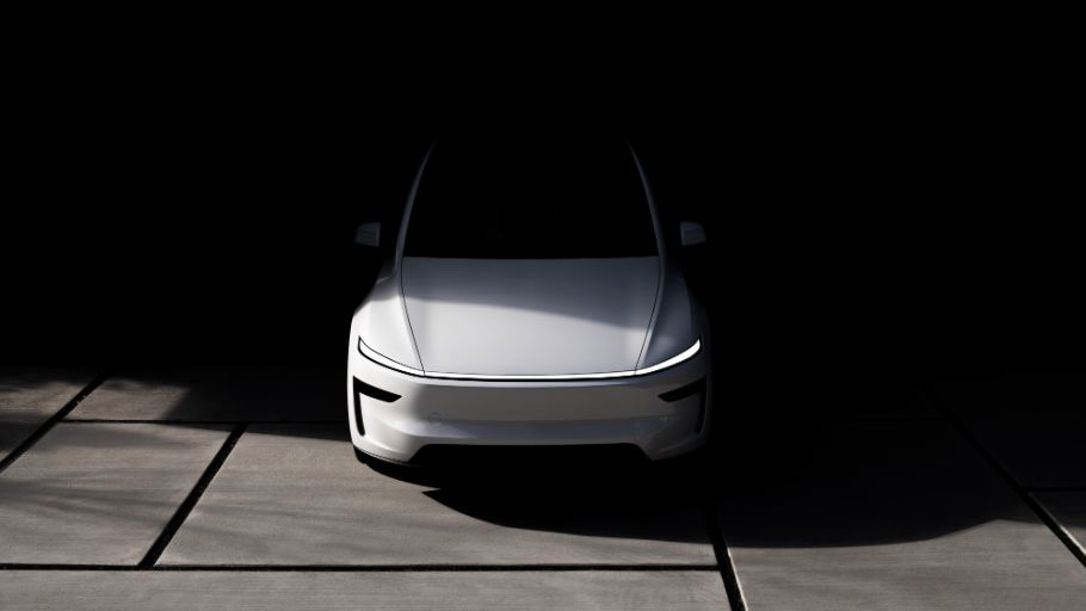
The Model Y’s styling has gone all Cybertruck at the front, with a light bar, adaptive pixel-control LED headlights and absolutely no badging. At the back is a trick “indirect reflective body panel tail-light”; basically a backlit panel that’s the widest one-piece light-bar fitted to any production vehicle (1.6m). It glows in a subtle-but-effective “afterburner” way. No more Mister Blobby, then: it all looks impressively sharp.
The front camera is now self-cleaning, there’s acoustic glass for the windows to cut down the wind noise and silver-lined glass for the roof to cut down the sun-glare, plus a reshaped tailgate that’s now separated into sections for ease of repair.
Inside, the dashboard trim has taken a big step up in quality, with new seat designs front and rear.
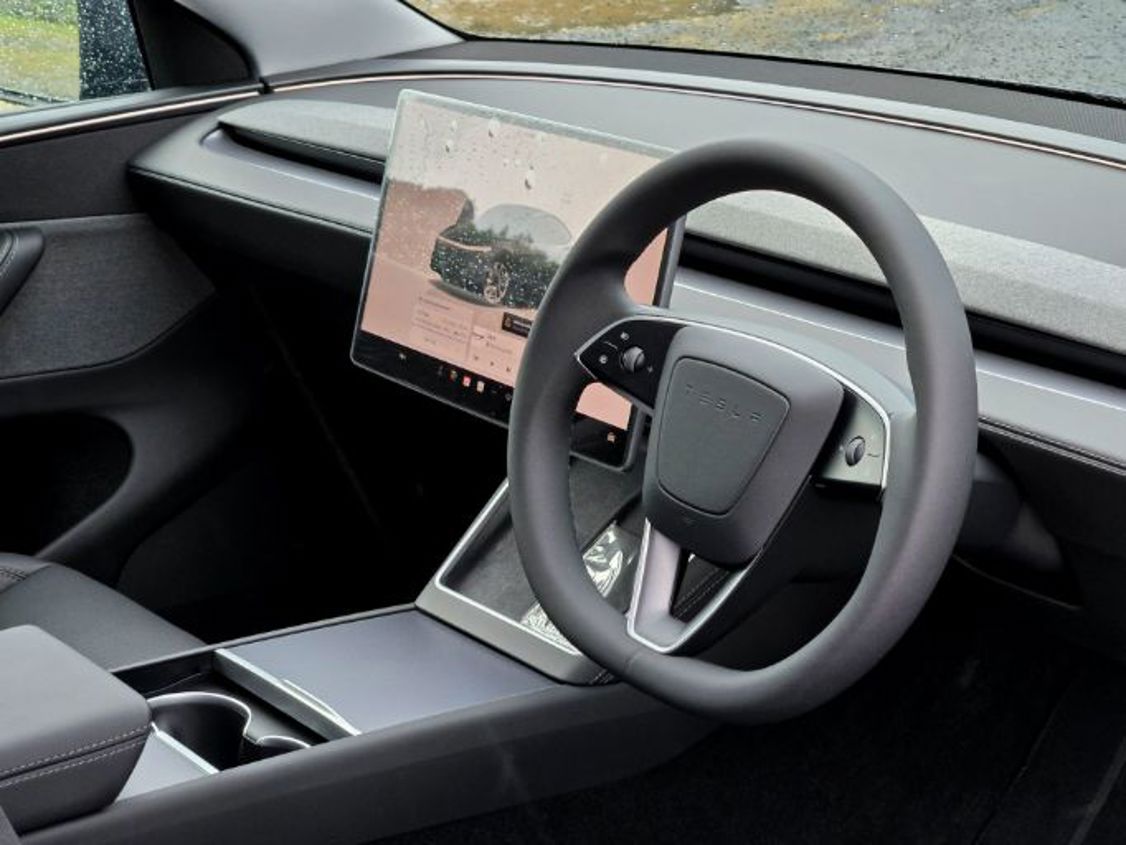
There’s a new steering wheel, with Tesla’s latest operating system in the 15.4-inch infotainment screen. Pretty much everything is still in that screen, with some functions accessible via a combination of a touch-menu and the adaptive buttons on the steering wheel; that’s how you adjust the mirrors, for example.
No more Mister Blobby for the Model Y, then: it all looks impressively sharp.
Following some pushback from some Model 3 customers about the indicator controls transforming into steering wheel buttons, Tesla has brought back the traditional stalk for the Model Y (which is very much the SUV version of the latest Model 3, remember).

Still no gear selector, mind. Instead, when you have your foot on the brake (ie the car is… alive), there’s a small menu on the top corner of the infotainment screen that allows you to swipe up for Drive, back for Reverse and a centre-tap for Park.
Tesla doesn’t like to talk about battery sizes or power outputs, but the Standard Range is good for 466km.
If the screen goes blank for any reason (which has happened to us in previous Tesla test cars), there are substitute transmission touch-controls in the headlining above the windscreen, aircraft-style. If you think this all sounds a bit like Tesla being different for the sake of it… we’d have to agree.
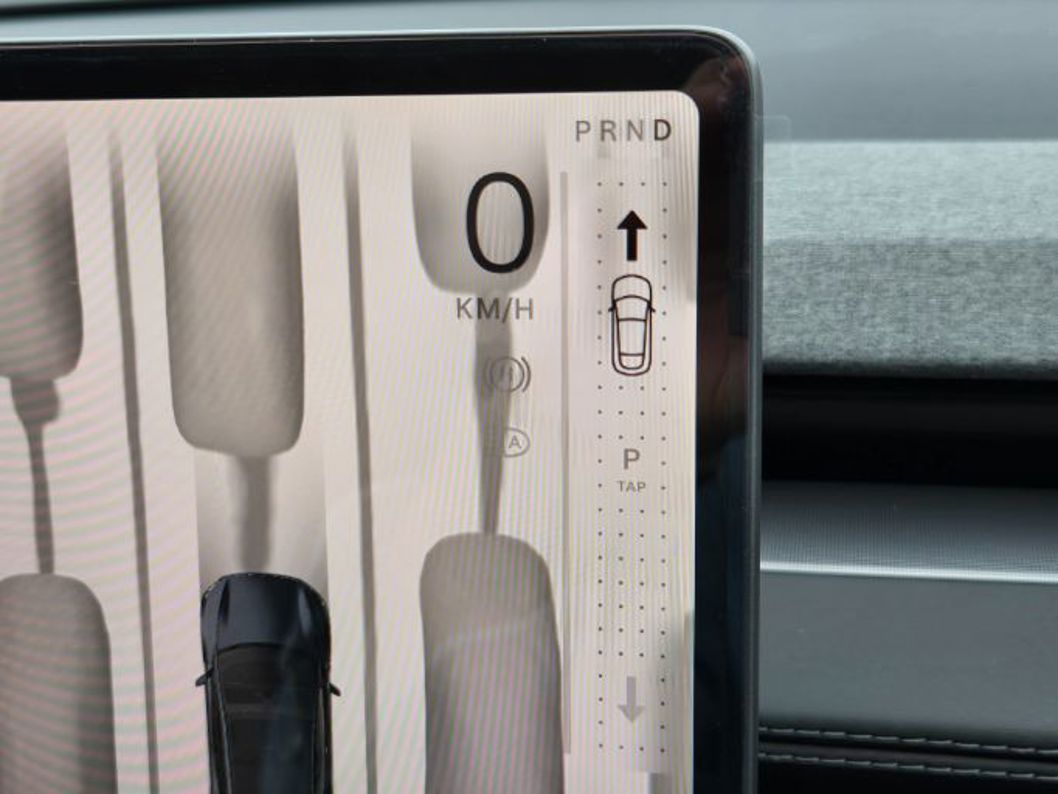
Speaking of screens, the rear-seat passengers get their own 8in unit, which can connect to two separate Bluetooth headsets for climate, infotainment and gaming fun.
Still no gear selector, mind. Instead, there’s a small menu on the top corner of the infotainment screen that allows you to swipe up or down for Drive and Reverse.
And speaking of the rear seats, they fold properly flat, which is a rarity these days. More importantly, they fold properly flat in a cool way, with electric operation that automatically shuffles the front chairs forward (relax, they return to their original position again) to allow the rears to drop in a so-called “seat dance”. There’s a false boot floor, which now has a storage bay for the cargo cover.
How much is it?
Model Y has launched in New Zealand with two, um, models: the $67,900 Standard Range with single-motor rear-drive and the $77,900 Long Range with dual-motor AWD.
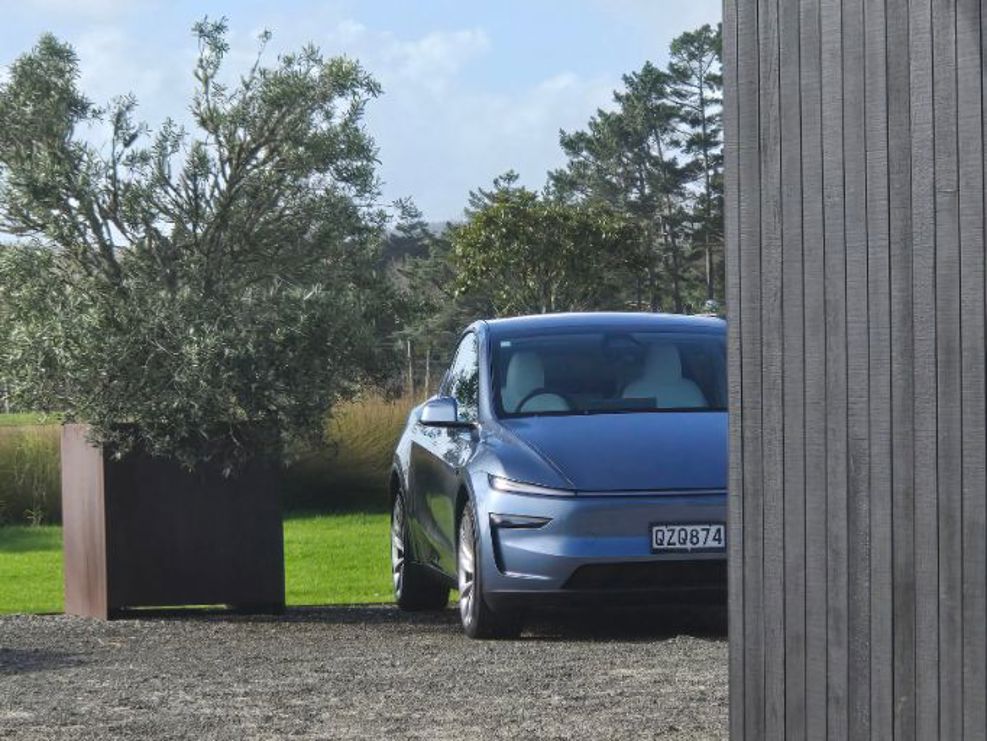
Tesla doesn’t like to talk about battery sizes or power outputs, but the Standard is good for 466km and the Long 551km. Tesla does like to talk about 0-100km/h times, and the RWD will get there in 5.9 seconds, the AWD in 4.8sec.
There will no doubt be a super-fast Performance version; but not just now.
You can have your Model Y in any colour at the standard price, as long as it’s white. Otherwise you have to pay a bit more: $2600-$3000 for the choice of a light blue (recommended), a bright red and a couple of greys.
What’s it like to drive?
The Model Y powertrains are pretty much carried over, but there are substantial changes to the chassis: suspension plus new wheel and tyre packages.
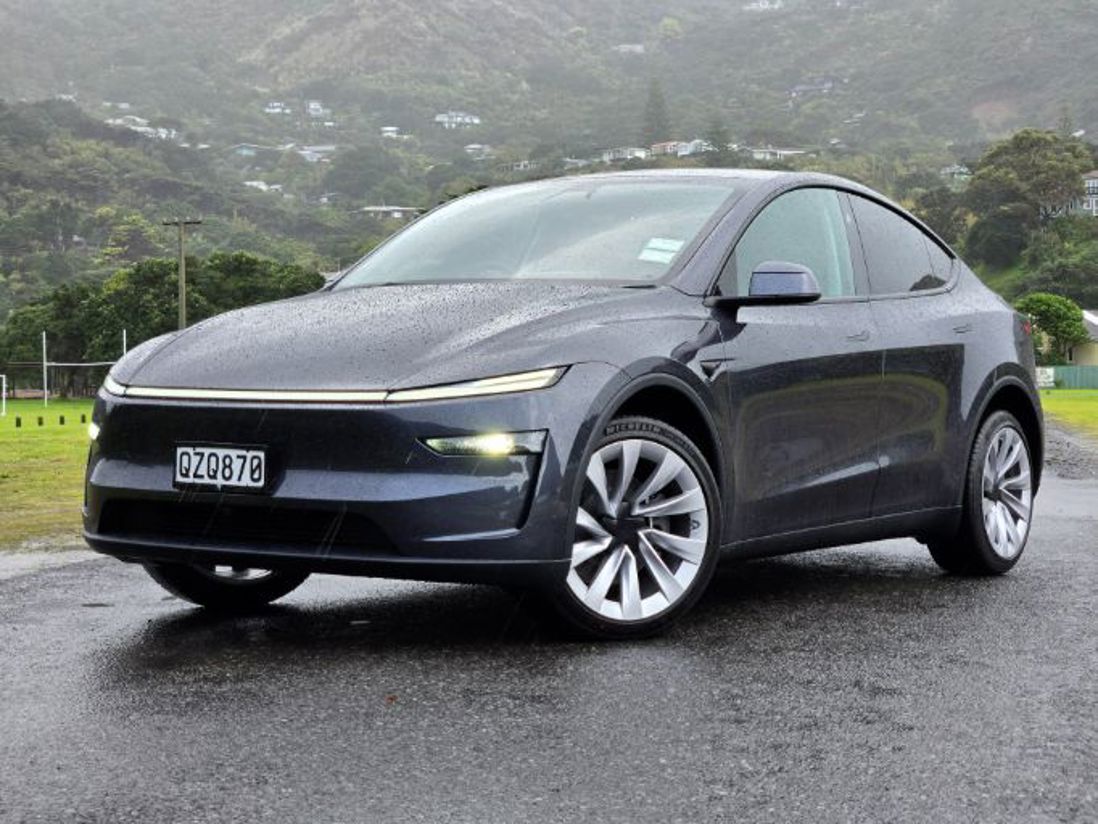
We drove a Standard Range model on Tesla’s Kiwi media drive-day, through some of the wildest and wettest weather of the year. Hope you’ll excuse the paucity of local photographs then; we would have needed a snorkel to get snaps for a lot of the drive route.
Slippery it was; but the rear-drive Model Y slurped it all up. It’s decently quick for a family car, but calibrated nicely to pour the power on in a linear fashion; you can choose between Chill or Standard drive modes, with three different settings for the steering; they’re all out to lunch in terms of feel, but even in Standard the wheel has enough weight to allow you to work with the balance of the chassis and stay smiling. It’s fun.
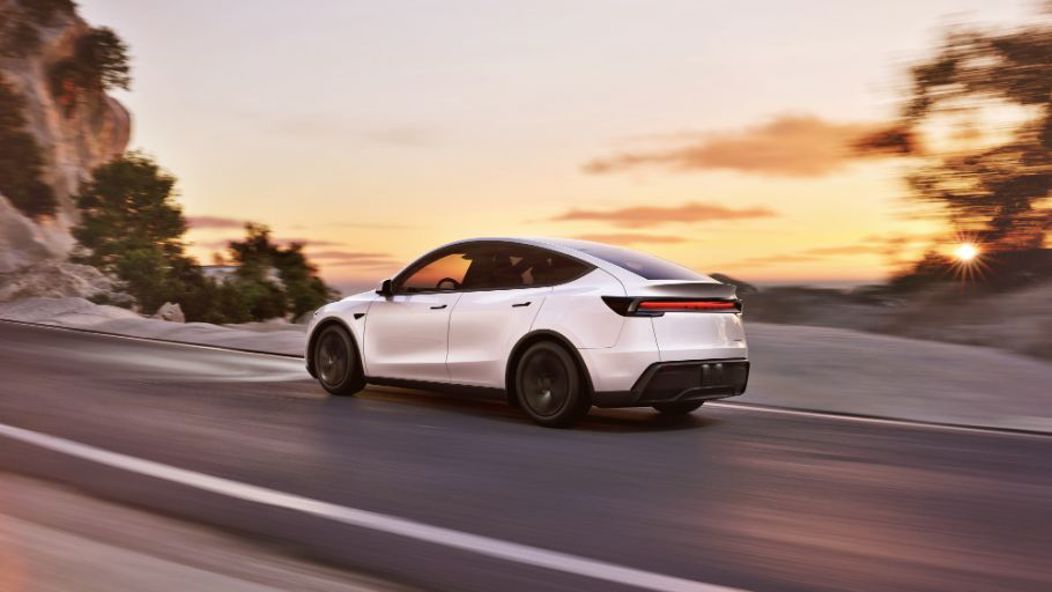
Perhaps more importantly, it’s also pretty comfy and incredibly quiet, thanks to the extra insulation and some improved aero. The previous Model Y had a reputation for an unyeilding ride, but this one is pretty compliant on Kiwi roads, without feeling like there’s too much roll. That’s a big tick because our car was on the optional ($2800) Helix 20-inch wheels; higher-profile 19-inch rims are the standard factory footwear.
Driver-assists are a key part of any Tesla; after all, this is the company that still insists on calling its Level 2 functions “Autopilot”. Unfortunately we can’t report in too much detail on that subject, because our car was box-fresh and apparently Tesla cameras need 100km to calibrate properly. Our car gave us a message to that effect when we set out and it didn’t tick over 100km until we were well on the way home.
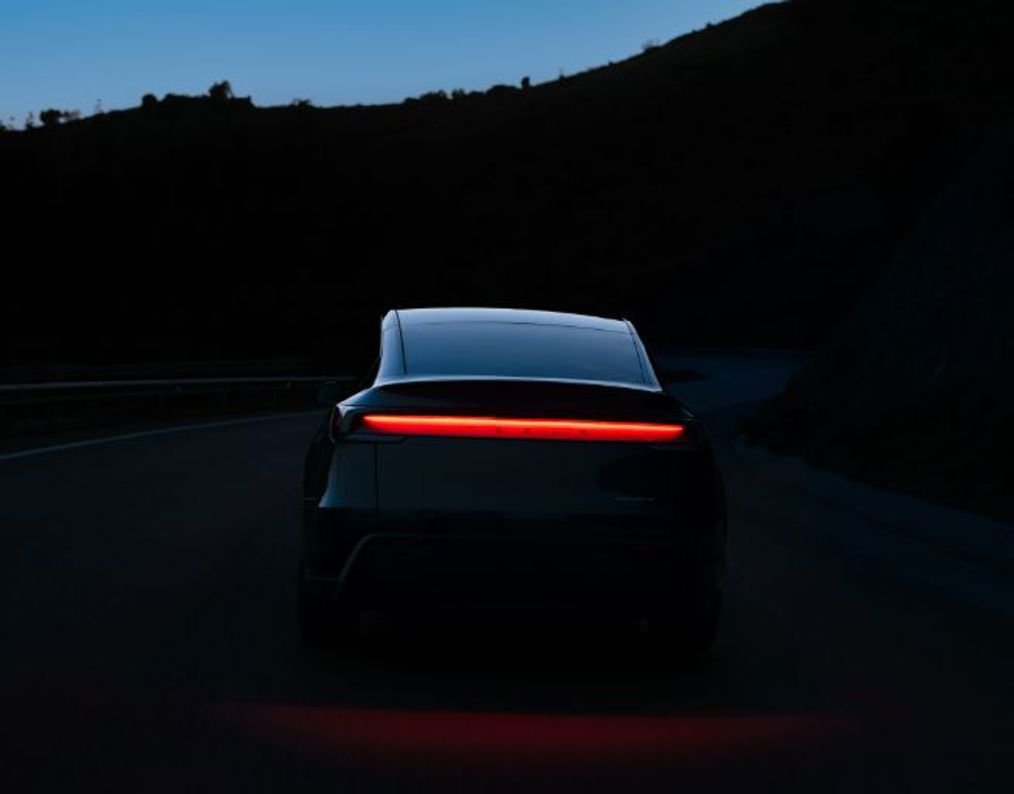
However, we did get a chance to experiment a little. There’s a Beta version of Autosteer with enhanced assistance, which we were encouraged to try.
Not such a great idea in hindsight, as it requires certain conditions: a centre divider, no cross traffic, clear lane markings and so on. It also requires you to keep control of the vehicle (gentle pressure on the wheel, in other words), but if you actually turn the wheel, Autosteer/adaptive cruise shuts off; the line between the two is so fine, it becomes quite stressful. Bing-bong, cancel.
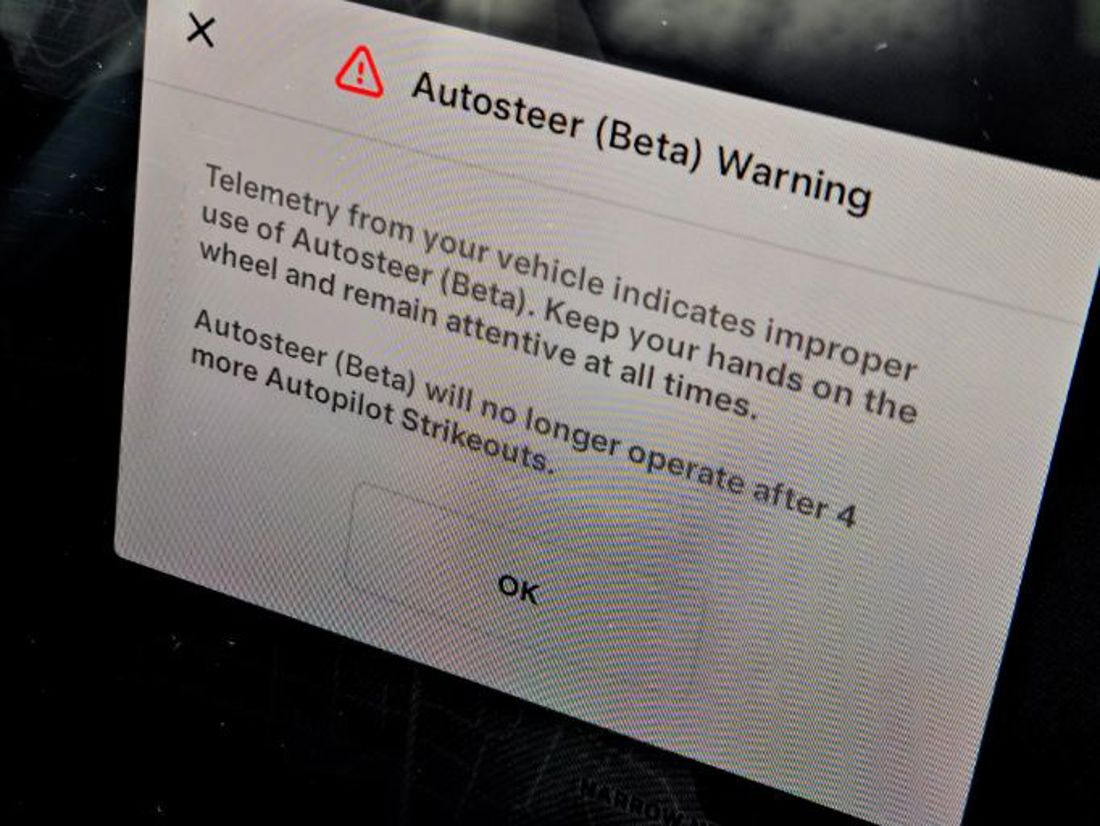
The driver-attention camera is also in a higher state of alert in this mode and it will block Autosteer for the rest of the trip if it thinks you’re not 100% focused. Which it did with me, giving a further warning when I arrived at my destination: 4 more fails and I’d lose my Autosteer privileges completely. I’m okay with that; regular adaptive cruise it is.
We've kept our launch-drive car for a full review; we'll report back on how the automated stuff worked out.
What’s the pick of the range?
We’ve only had the opportunity to drive the single-motor so far; there was a single dual-motor on the media-day fleet, but we didn’t manage to grab it. It’s on our to-do list.
What other cars should I consider?
There aren’t as many models in this Kiwi segment as there used to be: it’s tough out there. You can’t currently buy a Volkswagen ID.4/5, Skoda Enyaq, Hyundai Ioniq 5 or Kia EV6 (an EV5 just isn’t as cool) - at least according to their brands’ respective websites. New models to come when things pick up a bit in the plug-in world, presumably.
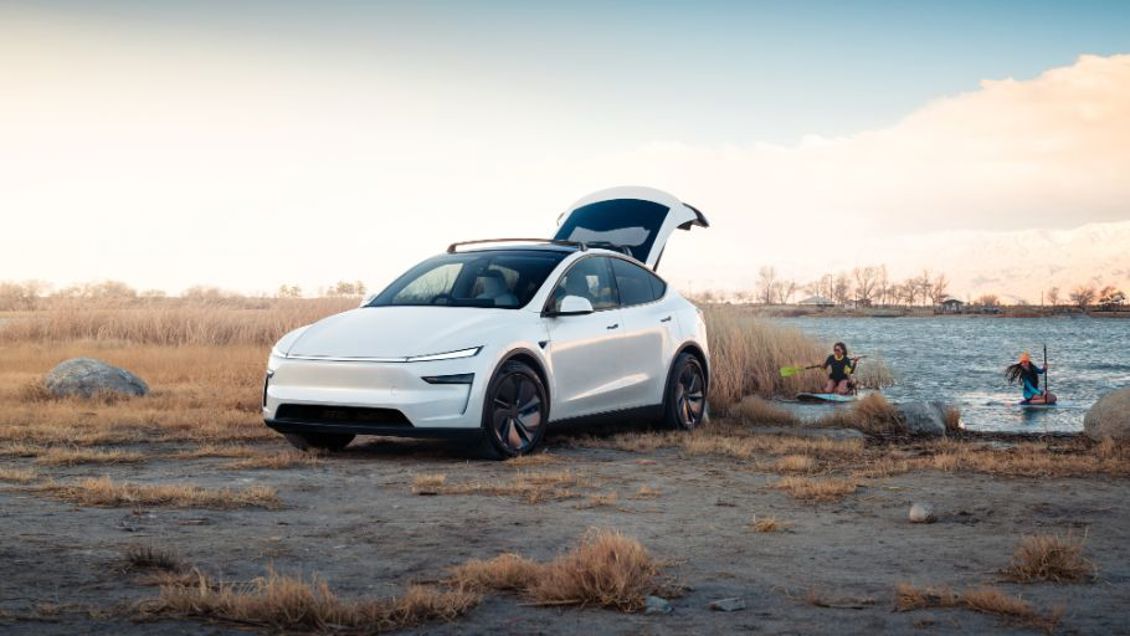
But you can still get a Polestar 2 (is that really an SUV?) or Ford Mustang Mach-E, and the Nissan Ariya is very Model Y-like in look and cabin ambience. BYD's new Sealion 7 is perhaps its most serious (and newest) rival.
You could argue Model Y's greatest advantage is that it’s a Tesla; you could also argue its greatest disadvantage is that it’s a Tesla. Politics, huh?





































